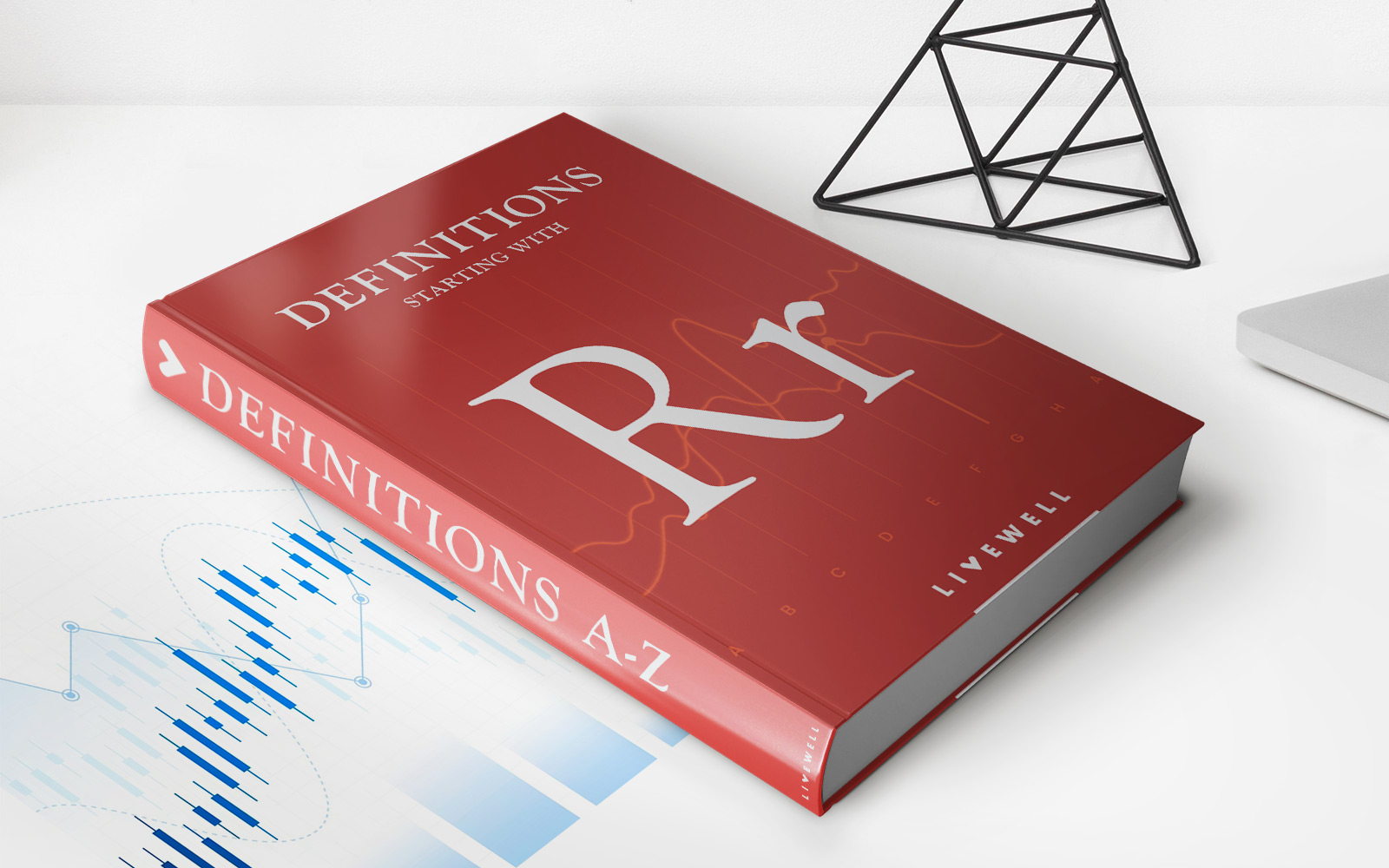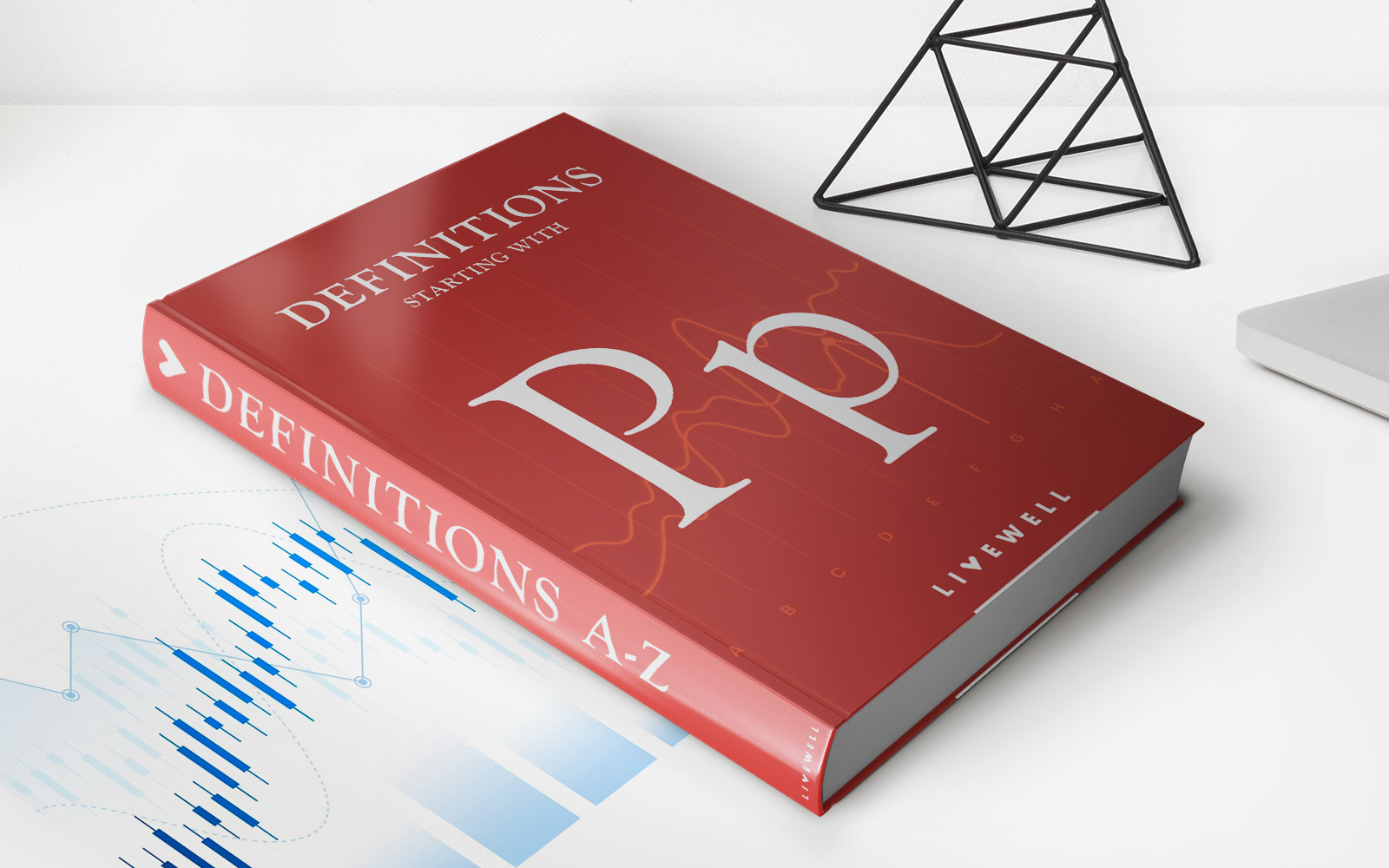Home>Finance>Who Are The Long-Term Investors For Pension Funds?


Finance
Who Are The Long-Term Investors For Pension Funds?
Published: January 23, 2024
Discover the key long-term investors for pension funds in the finance sector. Learn about their strategies and impact on the market. Gain insights into the finance industry's future.
(Many of the links in this article redirect to a specific reviewed product. Your purchase of these products through affiliate links helps to generate commission for LiveWell, at no extra cost. Learn more)
Table of Contents
Introduction
Long-term investors play a crucial role in the financial markets, contributing to stability and sustainable growth. These investors are characterized by their extended investment horizon, often spanning decades, and their focus on generating returns over the long term. Among these investors, pension funds stand out as significant players in the financial landscape. Their unique position as long-term investors is driven by their primary objective of securing retirement benefits for their beneficiaries.
Pension funds are entrusted with the responsibility of managing the assets that will fund the retirement incomes of millions of individuals. As such, they are inherently oriented towards long-term investment strategies, seeking to achieve consistent and reliable returns to meet their future obligations. Understanding the characteristics, investment preferences, and challenges faced by long-term investors, particularly pension funds, is essential for comprehending their impact on the financial markets and the broader economy. In this article, we will explore the nature of long-term investors, delve into the specific role of pension funds in this context, and examine the types of investments and challenges associated with long-term investing. Furthermore, we will discuss the strategies employed by these investors to navigate the complexities of long-term investment horizons.
By shedding light on the dynamics of long-term investing, we aim to provide valuable insights for both seasoned investors and individuals seeking to secure their financial future. Understanding the intricacies of long-term investing is not only beneficial for financial professionals but also empowers individuals to make informed decisions regarding their retirement savings and investment choices. Let's embark on a journey to unravel the world of long-term investors, with a particular focus on the pivotal role played by pension funds in shaping the financial landscape.
Characteristics of Long-Term Investors
Long-term investors exhibit distinct characteristics that set them apart from their short-term counterparts. These investors prioritize sustained growth and are willing to endure market fluctuations with the expectation of favorable returns over an extended period. Some key characteristics of long-term investors include:
- Patient Capital: Long-term investors possess patient capital, allowing them to withstand short-term market volatility and focus on the long-term performance of their investments. This patient approach enables them to capitalize on opportunities that may take years to fully materialize.
- Focus on Fundamentals: Rather than being swayed by short-term market sentiment, long-term investors emphasize the fundamental strength and growth potential of the assets in which they invest. This fundamental analysis guides their investment decisions, fostering a disciplined and rational approach to portfolio management.
- Risk Tolerance: Long-term investors often have a higher risk tolerance compared to short-term traders. They are willing to weather temporary downturns in pursuit of long-term gains, recognizing that volatility is an inherent aspect of market cycles.
- Steady Accumulation: Long-term investors prioritize steady accumulation of assets over time, leveraging the power of compounding to enhance their investment returns. This approach aligns with their long-term outlook and reinforces the sustainability of their investment strategies.
- Emphasis on Diversification: Diversification is a cornerstone of long-term investing, as it helps mitigate risk and optimize returns over the long run. Long-term investors strategically allocate their assets across diverse investment classes to achieve a balanced and resilient portfolio.
These characteristics collectively define the mindset and approach of long-term investors, shaping their investment decisions and risk management strategies. Understanding these traits is essential for aligning investment objectives with the appropriate investment horizon and for cultivating a disciplined and patient approach to wealth accumulation.
Pension Funds as Long-Term Investors
Pension funds occupy a prominent position as long-term investors, driven by their core mission of securing retirement benefits for their members. These institutional investors manage substantial pools of capital on behalf of employees, with the objective of generating returns that will fund future pension payments. As such, pension funds operate with extended investment horizons, often spanning several decades, to fulfill their long-term obligations.
One of the defining features of pension funds as long-term investors is their emphasis on liability-driven investment (LDI) strategies. These strategies are tailored to align the fund’s assets with its long-term liabilities, ensuring that sufficient funds are available to meet future pension obligations. By adopting an LDI approach, pension funds aim to mitigate the risk of shortfalls in meeting their pension payment commitments, thereby providing stability and security for pension beneficiaries.
Furthermore, pension funds exhibit a strong commitment to responsible and sustainable investing. As long-term stewards of capital, they recognize the importance of environmental, social, and governance (ESG) factors in their investment decisions. Integrating ESG considerations into their investment processes not only aligns with their long-term outlook but also contributes to the broader goal of promoting sustainable and ethical business practices.
Another notable aspect of pension funds as long-term investors is their engagement in alternative investments, such as private equity, infrastructure, and real estate. These asset classes offer the potential for attractive long-term returns and serve as diversification tools within pension fund portfolios. By allocating capital to alternative investments, pension funds seek to enhance portfolio resilience and capture opportunities that may not be readily accessible in public markets.
Overall, pension funds exemplify the characteristics of long-term investors through their unwavering focus on meeting future pension obligations, aligning assets with liabilities, integrating ESG considerations, and embracing alternative investments. Their role as long-term investors extends beyond financial returns, encompassing a broader mandate of ensuring the long-term financial security and well-being of pension scheme members.
Types of Long-Term Investments for Pension Funds
Pension funds pursue a diverse range of long-term investments to fulfill their obligations and optimize returns over extended time horizons. These investments are strategically selected to align with the fund’s long-term liabilities, mitigate risk, and capitalize on opportunities that may unfold over several decades. Some key types of long-term investments for pension funds include:
- Equities: Equities, or stocks, represent a fundamental component of pension fund portfolios. While subject to market volatility, equities offer the potential for substantial long-term growth and the opportunity to participate in the success of leading companies. Pension funds often adopt a diversified approach to equity investments, encompassing both domestic and international markets.
- Fixed Income Securities: Fixed income securities, including government bonds, corporate bonds, and other debt instruments, provide pension funds with income-generating assets and serve as a means to manage portfolio risk. These investments offer steady cash flows and can contribute to the overall stability of the fund’s investment portfolio.
- Real Assets: Pension funds allocate capital to real assets such as real estate, infrastructure, and natural resources. These investments offer the potential for long-term appreciation, inflation protection, and the generation of recurring income streams, aligning with the fund’s extended investment horizon and liability-matching objectives.
- Private Equity and Venture Capital: Pension funds participate in private equity and venture capital investments to access opportunities in privately held companies and innovative startups. These investments are characterized by longer holding periods and the potential for substantial returns over the long term, contributing to the diversification and growth objectives of pension fund portfolios.
- Alternative Investments: Pension funds engage in a broad spectrum of alternative investments, including hedge funds, private credit, and commodities. These alternative assets offer diversification benefits, the potential for uncorrelated returns, and exposure to unique investment strategies that may not be readily available in traditional public markets.
By strategically integrating these types of long-term investments into their portfolios, pension funds aim to achieve a balanced and resilient asset allocation that aligns with their long-term liabilities while optimizing returns and managing risk. The diversified nature of these investments reflects the commitment of pension funds to prudently steward the capital entrusted to them, with a focus on securing the financial well-being of their members over the long term.
Challenges Faced by Long-Term Investors
While long-term investing offers numerous advantages, it also presents distinct challenges that investors must navigate to achieve their objectives over extended time horizons. Some of the key challenges faced by long-term investors, including pension funds, are:
- Market Volatility: Long-term investors are exposed to the impact of market volatility, which can test their patience and resilience. Fluctuations in asset prices and broader market conditions may lead to short-term declines in portfolio value, requiring a steadfast approach to withstand market turbulence.
- Changing Regulatory Landscape: Long-term investors, particularly pension funds, must adapt to evolving regulatory requirements and compliance standards. Regulatory changes can impact investment strategies, risk management practices, and reporting obligations, necessitating ongoing vigilance and adaptation to ensure alignment with regulatory frameworks.
- Long-Term Liability Management: Pension funds face the ongoing challenge of effectively managing their long-term liabilities, including pension payment obligations. The dynamic nature of demographic trends, longevity risk, and economic conditions requires robust liability-driven investment strategies to ensure the sustainability of pension funds over extended timeframes.
- Environmental and Social Risks: Long-term investors are increasingly attuned to environmental and social risks that can impact the long-term performance of their investments. Factors such as climate change, social governance issues, and geopolitical developments pose challenges in assessing and mitigating these risks within investment portfolios.
- Technological Disruption: The rapid pace of technological innovation introduces both opportunities and challenges for long-term investors. Adapting to technological disruption, harnessing digital advancements in investment management, and addressing cybersecurity concerns are critical considerations for pension funds and other long-term investors.
Addressing these challenges requires a proactive and forward-thinking approach, leveraging robust risk management frameworks, strategic asset allocation, and ongoing monitoring of market dynamics. Long-term investors must remain agile in responding to evolving market conditions and regulatory landscapes while upholding their commitment to prudent stewardship of capital over extended investment horizons.
Strategies for Long-Term Investing
Long-term investing necessitates the adoption of strategic approaches that align with extended investment horizons and the pursuit of sustainable returns. For pension funds and other long-term investors, the following strategies are instrumental in navigating the complexities of long-term investing:
- Asset-Liability Management: Implementing robust asset-liability management (ALM) frameworks is essential for pension funds to align their asset allocation with long-term liabilities. By closely matching the duration and risk profiles of assets and liabilities, pension funds can enhance their ability to meet future pension payment obligations while mitigating funding level volatility.
- Diversified Portfolio Construction: Building a diversified investment portfolio is fundamental to long-term investing. Pension funds strategically allocate capital across a range of asset classes, including equities, fixed income securities, real assets, and alternative investments, to achieve a balanced and resilient portfolio that can weather market fluctuations and capitalize on diverse sources of return.
- Focus on ESG Integration: Integrating environmental, social, and governance (ESG) considerations into investment decision-making is increasingly vital for long-term investors. By incorporating ESG factors, pension funds can enhance risk management, identify sustainable investment opportunities, and contribute to positive societal and environmental outcomes over the long term.
- Active Risk Management: Long-term investors employ active risk management strategies to monitor and mitigate risks that may impact their investment portfolios. This includes scenario analysis, stress testing, and dynamic asset allocation to respond to changing market conditions and regulatory developments while preserving the long-term sustainability of the portfolio.
- Engagement and Stewardship: Long-term investors, including pension funds, engage in active stewardship of the companies and assets in which they invest. This entails exercising voting rights, engaging with corporate management on ESG issues, and advocating for responsible business practices, thereby influencing the long-term sustainability and performance of their investment holdings.
By embracing these strategies, long-term investors can fortify their investment approach, enhance portfolio resilience, and uphold their fiduciary responsibilities to beneficiaries and stakeholders. These strategies underscore the commitment of long-term investors to prudent and forward-looking investment practices that transcend short-term market dynamics and prioritize sustainable wealth creation over extended investment horizons.
Conclusion
In conclusion, long-term investors, particularly pension funds, play a pivotal role in shaping the financial landscape through their enduring commitment to sustainable wealth creation and the fulfillment of long-term obligations. The characteristics of long-term investors, including patient capital, a focus on fundamentals, and a commitment to steady accumulation, underscore their resilience and foresight in navigating market complexities over extended investment horizons.
Pension funds, as exemplars of long-term investors, stand at the forefront of responsible and sustainable investing, integrating liability-driven investment strategies, embracing ESG considerations, and engaging in alternative investments to secure the financial well-being of their members for generations to come. Their unwavering focus on aligning assets with long-term liabilities and mitigating risk underscores the critical role they play in fostering financial stability and security.
While long-term investing presents challenges such as market volatility, regulatory dynamics, and environmental risks, the adoption of strategic approaches, including asset-liability management, diversified portfolio construction, and active risk management, equips long-term investors with the resilience and agility to navigate these challenges and capitalize on long-term opportunities.
Ultimately, the commitment of long-term investors to prudent stewardship, sustainable wealth creation, and responsible engagement underscores their profound impact on the financial markets and the broader economy. By embracing the strategies and principles of long-term investing, these investors uphold their fiduciary responsibilities, contribute to sustainable economic growth, and pave the way for a resilient and prosperous future.
Understanding the dynamics of long-term investing not only enriches the investment community but also empowers individuals to make informed decisions regarding their financial future, retirement savings, and investment choices. By recognizing the enduring impact of long-term investors, we acknowledge the significance of patient capital, responsible stewardship, and sustainable wealth creation in shaping a robust and resilient financial ecosystem for generations to come.














